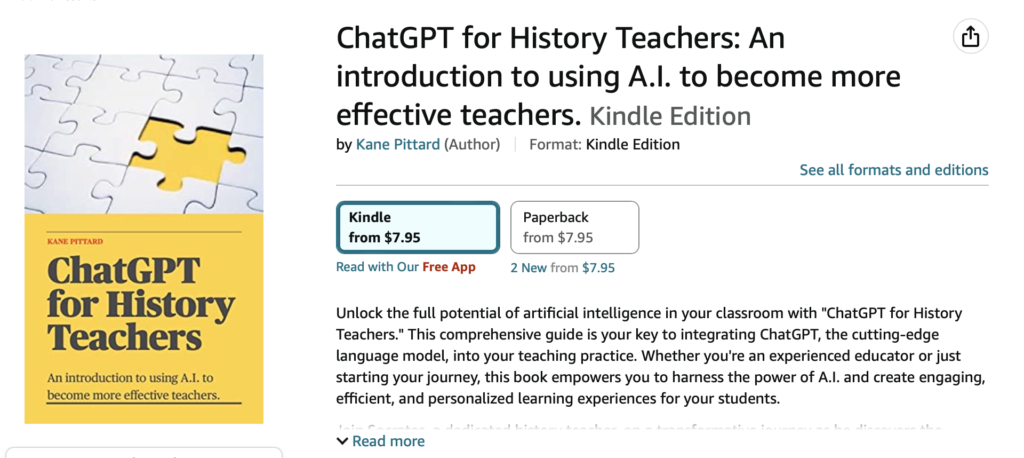
Introducing “ChatGPT for History Teachers”: Your Ticket to Efficiency and Empowerment
**The review is a little biased...
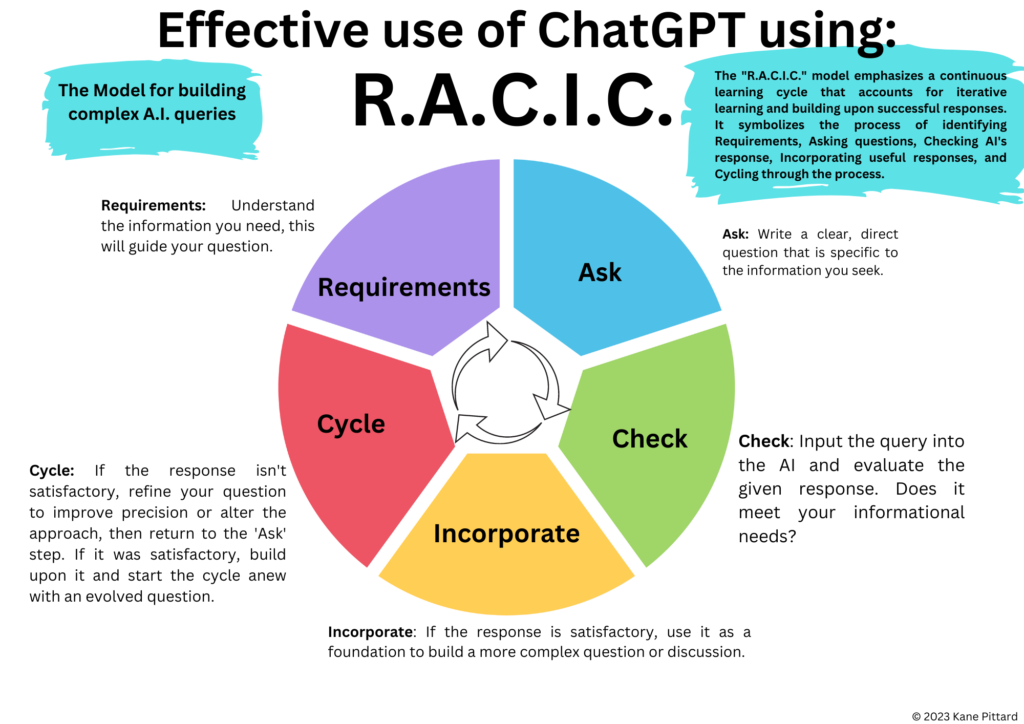
Harnessing Generative AI in Education: The R.A.C.I. and R.A.C.I.C. Models
With the advent of generative AI...

“The Rise of ChatGPT: How AI Services are Changing the Future of Work and Creating a Great Divide”
As a career practitioner with an...
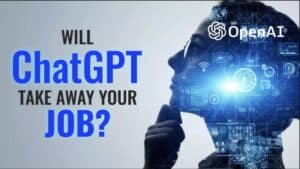
AI and the Future of Jobs: How ChatGPT May Reshape the Work Landscape
The advent of AI technologies like...
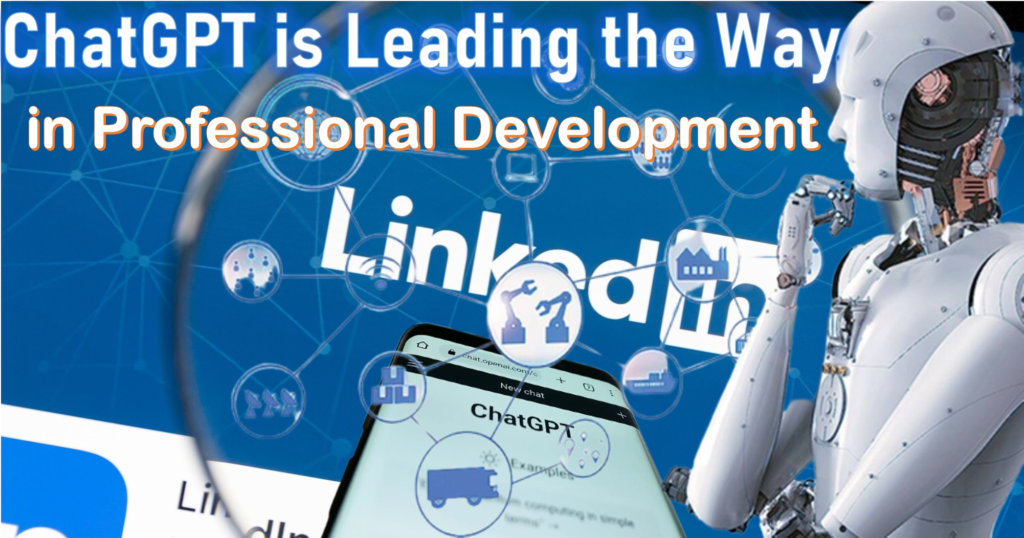
ChatGPT is an insanely powerful tool that’s reshaping how we work and can develop our careers.
As a professional who’s always looking...
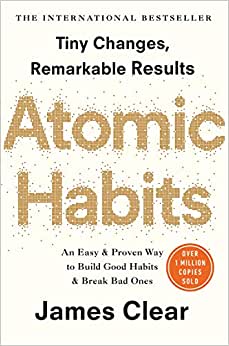
Books that helped me grow as a educator: Atomic Habits: James Clear
As a teacher, I have always...
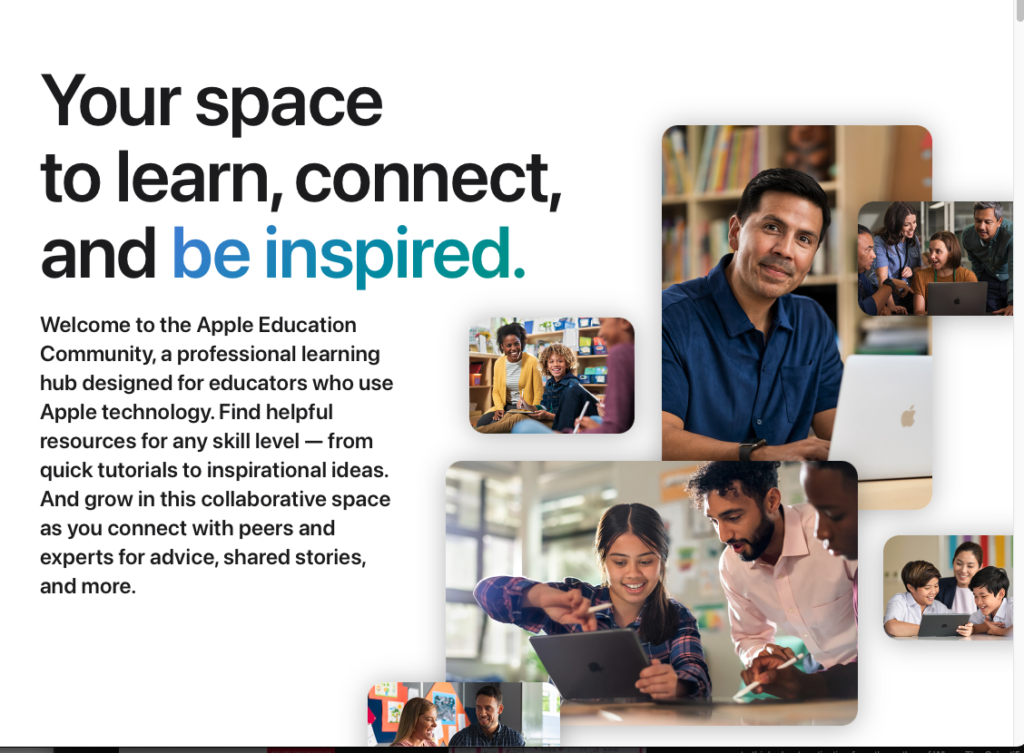
Apple Teacher Program
Technology has revolutionised the world of...

The ghost of learning styles and why its needs to be exorcised
I was recently invited to attend...

For History teachers: The Guns of August by Barbara Tuchman
As a history teacher, I recently...

ChatGPT: Can it become a Virtual Assistant for Teachers?
Though #ChatGPT and #AI is in...

Books that helped me grow as a educator: Doug Lemov: Teach like a champion: 49 techniques
As a new teacher, I was...

Books that helped me grow as an educator: Daniel H. Pink “Drive”
As educators, we are always looking...